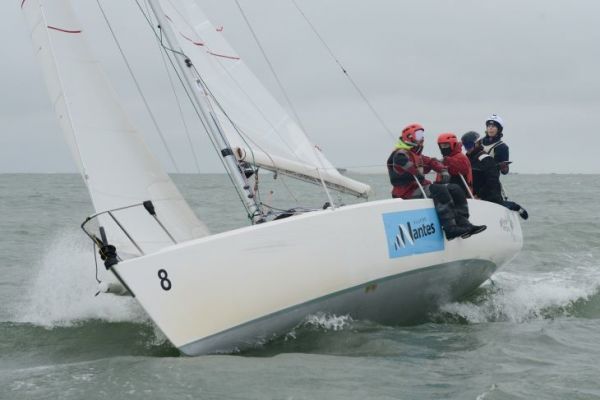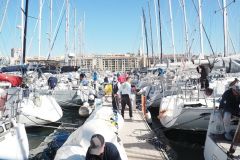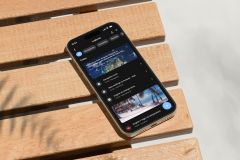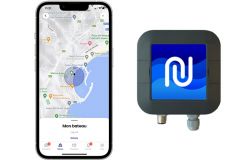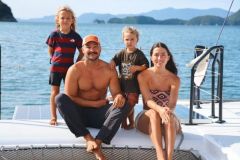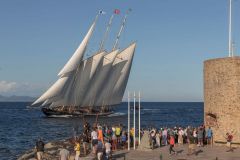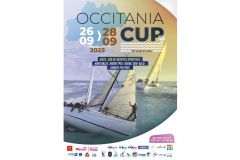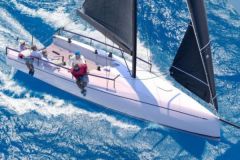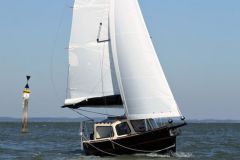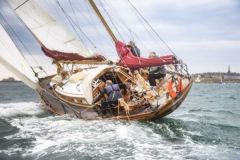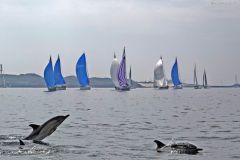In 2021, the accessible and supportive SARA Nav app, for sail and race audioguide, appeared on the Apple store to help blind sailors manage navigation during their sailing journeys. Preparing and following itineraries, as well as communicating with the boat's instruments, have made SARA an outstanding team player. Mathieu Simonnet, the application's developer, tells us the story of a project in which sailing becomes the vector of emancipation.
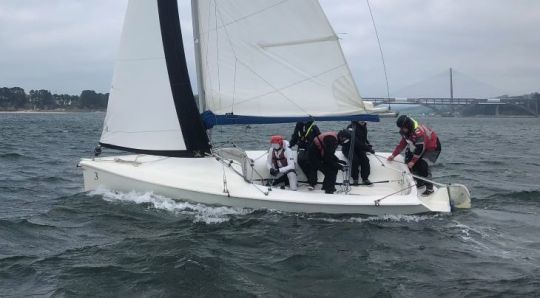
1. Can you tell us about your background and what motivated you to create the SARA Nav application with Olivier Ducruix?
In 2002, as a student in STAPS (Sciences et Techniques des activités Physiques et Sportives) in Brest, France, our encounter with an enthusiastically visually impaired public led us to create the Orion association for the development of sailing in the absence of vision. In 2009, a fabulous meeting with Olivier gave a new human and technical impetus to the development and distribution of tools for visually impaired sailors. Design cycles and test sailings followed one another. In 2016, SARA, accessible and supportive, landed on the Apple Store at the Paris Boat Show. Today, our research and development work and the deployment of SARA and the other accessible tools that revolve around it, such as 3D-printed relief charts, electronic penons and a tactile belt, continue to progress in France and internationally.
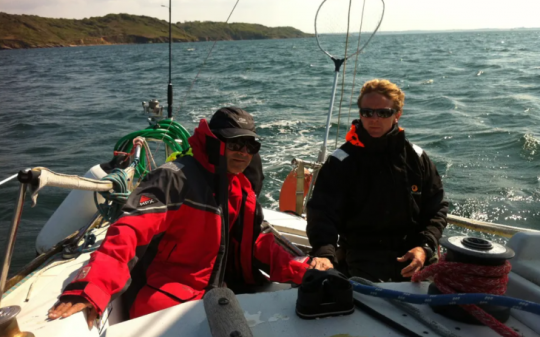
2. Can you tell us about SARA Nav's key features for making navigation at sea accessible to the visually impaired?
Visually impaired sailors didn't wait for SARA to start sailing. The sensations of the wind in the sails are self-explanatory. On the other hand, to manage itineraries and take options in response to changing weather conditions, you need to prepare your route and obtain information on course, maritime markings, wind direction... This is the role of SARA, either by manual consultation using the screen reader familiar to the visually impaired, or by setting up SARA's own automatic announcements. In concrete terms, the announcement "bearing port du château 20° starboard" informs the visually impaired crew member of the relative direction of the next waypoint. The crew is then free to act, or not. The announcement will only be repeated if the values change according to a defined threshold. Finally, with the right settings, SARA only speaks when the information changes significantly, otherwise you can glide quietly along.
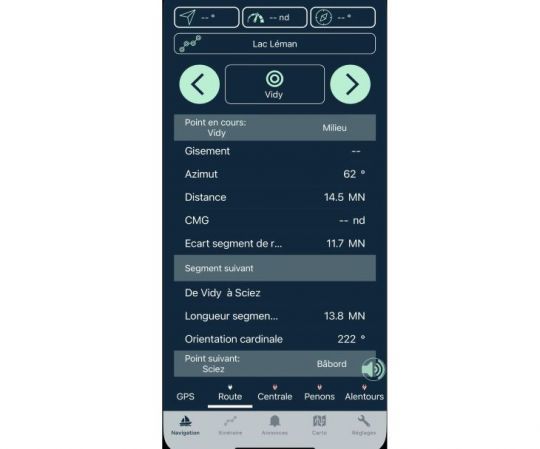
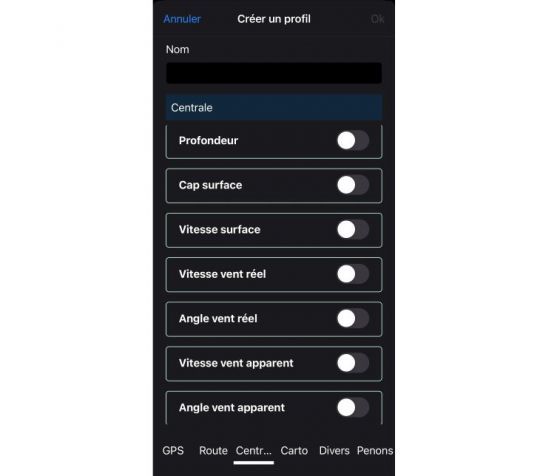
3. How did SARA Nav's first trials with blind sailors go, and what were their reactions?
The first trials with SARA Nav were carried out with blind sailors already accustomed to using previous versions such as SARA (2016), Seatouch (2008), Audiogliss (2006) and Orion (2003). Reactions have been enthusiastic, because the features have been developed based on their own feedback. Naturally, there are still plenty of ideas for further development. Subsequently, visually impaired people with varying degrees of familiarity with accessible navigation have shown their interest. Emphasis was often placed on the feeling of being more efficient crew members, because they were better informed, and on the need to practice more in depth in order to better master the craft. It's true that getting to grips with all the functions requires a few outings to fully understand the information provided and its direct consequences on navigation. But as far as we know, these introductory outings are quite pleasant. In general, when there are problems, it's the overly verbose settings that make SARA tiresome. Some technicians use a lot of information and manage to digest it all to optimize the boat's performance, while others enjoy quieter sailing and just want SARA to keep an eye on things to avoid going off course. It all depends on the moment too, whether it's the wealth of parameter settings or information on demand.
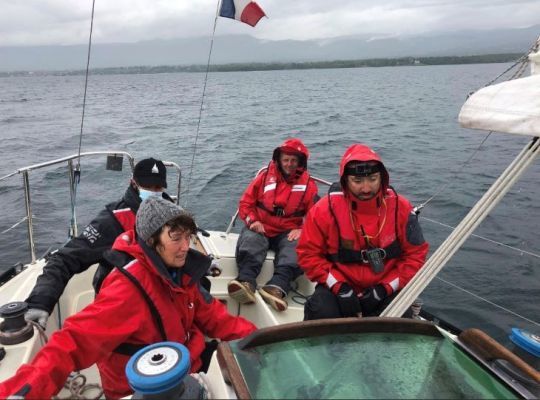
4. What are the latest additions and improvements to the SARA Nav application since its launch?
The great novelty of SARA Nav lies in its cartographic database. Thanks to open data, Sara Nav can access French maritime buoyage from SHOM, and worldwide buoyage via open street map, enabling the preparation of precise itineraries without the tedious task of entering the geographical coordinates of the marks to be rounded. For example, a blind sailor taking part in a sail on a friend's yacht could create his route based on a simple verbal description from the skipper: ''To get to Lampaul Bay in Ouessant, we'll leave the isolated danger Mengam to port, then the Petit Minou, Stones Noires and Mare lighthouses to starboard, before aiming for the starboard side Men-ar-Groas''. By entering the first three letters of each name, waypoints can be added to the route. Headings and distances can be consulted beforehand, then all the surrounding markings can be announced as the navigation progresses.
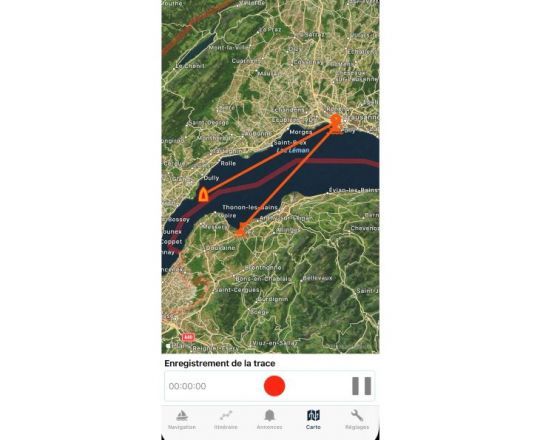
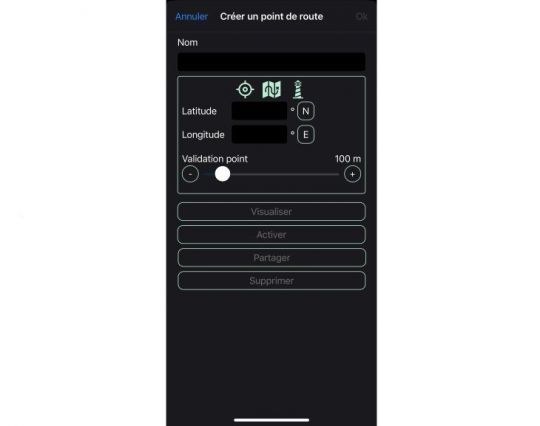
5. Tell us more about the latest version, SARA Régate?
The latest version of SARA Régate is dedicated to a sailing race format where the entire crew is blindfolded. The application lets you create courses on the water by entering only the position of the committee and the wind direction. Although the distances of the segments can also be set, this information is sufficient to position virtual marks, which the crew will try to avoid without sight, thanks to SARA information. Match racing courses are now also available. SARA is also supported by network functionalities enabling the creation and sharing of a regatta course, and the launch of a countdown timer to synchronize crews. Finally, there's the matter of managing the positions of other boats, which are announced by the sound of on-board referee whistles.
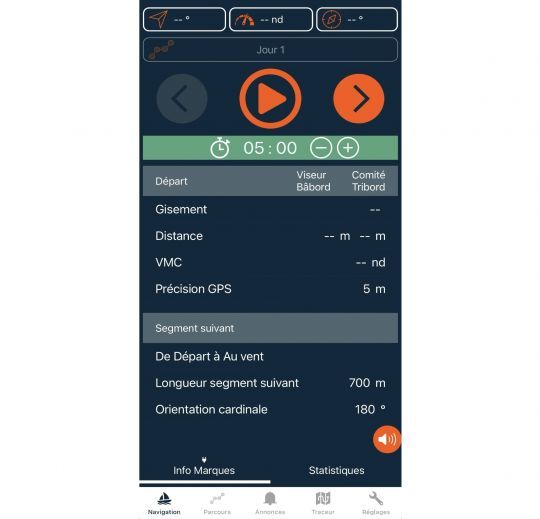
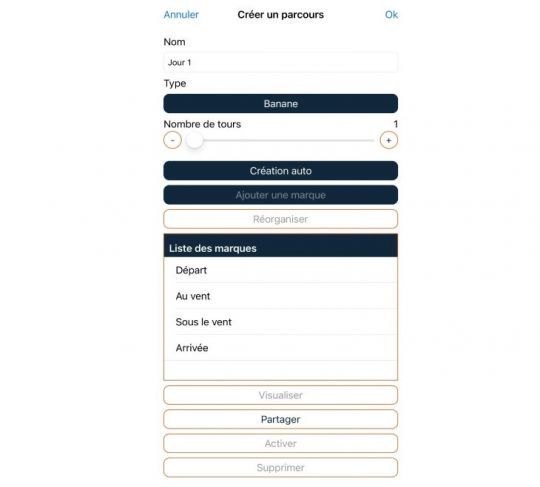
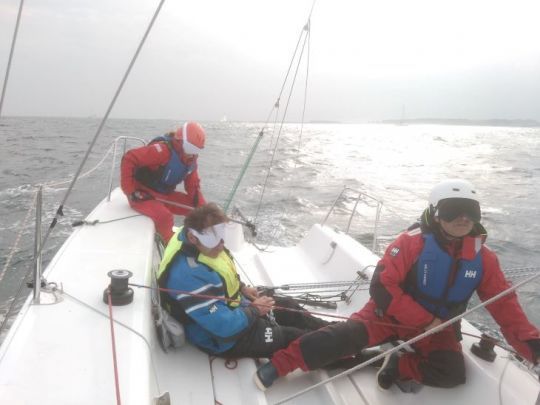
6. Why did you choose Damien Seguin to sponsor the application?
Damien Seguin is a symbol of the integration of disabled sailors into the world of able-bodied sailing. The idea is a win-win exchange between the gliding sensations of blind sailors and the keys to performance for ocean racers.
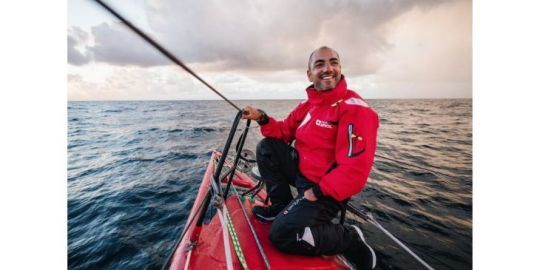
7. SARA is also recommended for sighted sailors. Have you had the opportunity to experience this in real sailing conditions?
The principle behind well-configured automatic voice announcements is to draw attention to specific information at the moment when it is most relevant. Whether it's an attention aid in a situation of fatigue, or a visual aid in a situation of visual difficulty, the principle of information coming to the sailor, rather than the sailor having to search for the information, remains interesting. For the time being, some yachtsmen, cruising schools and ocean racers have carried out small trials that have been quite conclusive. We've listened to their recommendations. We're now concentrating on adding new functionalities to offer a more complete SARA, and even more flexible to be useful to a wider public.
From the first sailings to the addition of innovative features, SARA Nav embodies the spirit of inclusive sailing, from discovery to national and international competition, via leisure sailing in the federation's nautical structures. An initiative in which sailing goes far beyond simple nautical exercise, to open the door to independence and a fulfilling mastery of pleasure boating.

 /
/ 